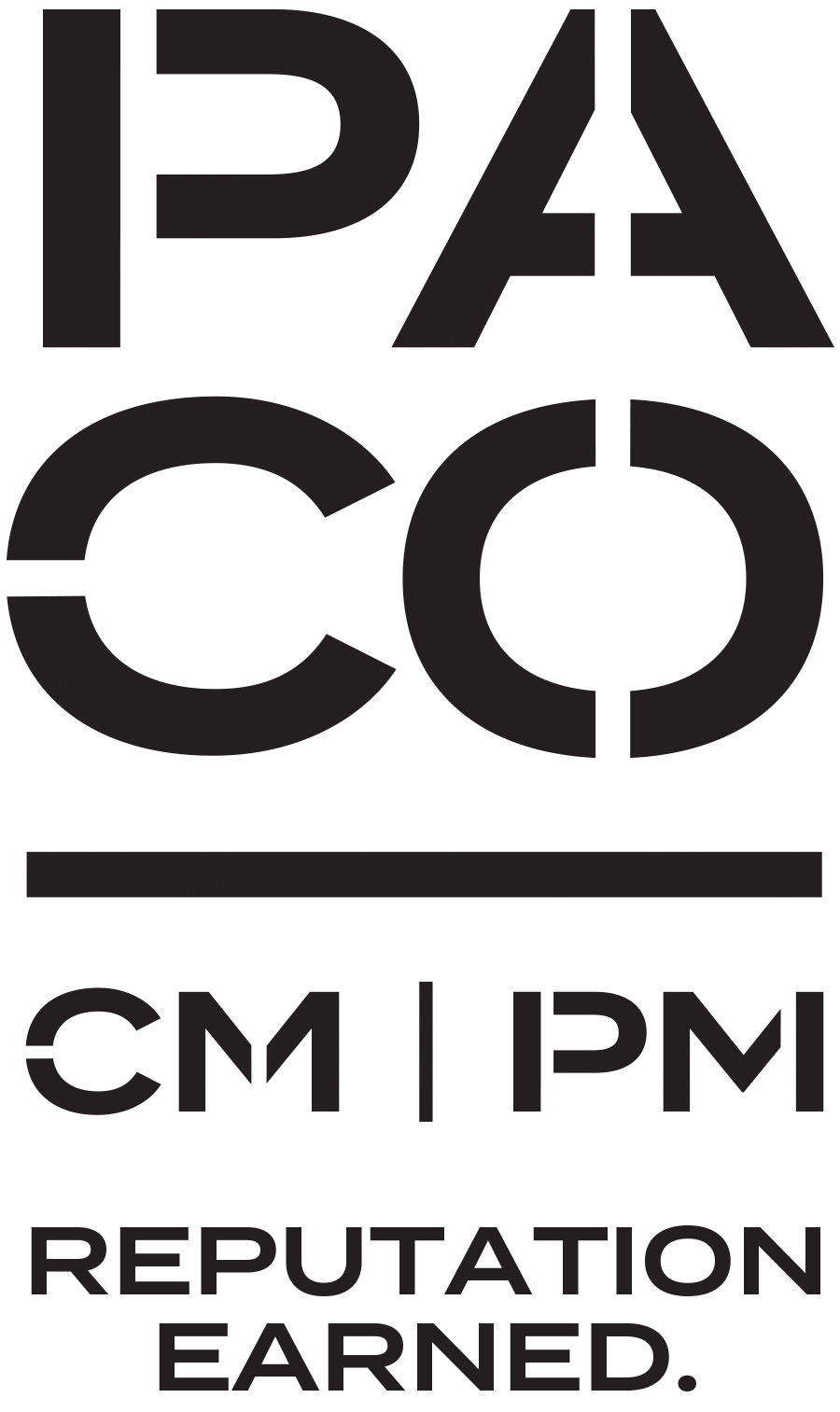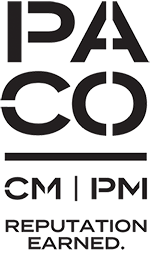Construction projects can be complicated, and even small missteps can turn into major problems if not addressed early on. Issues like going over budget, missing deadlines, safety concerns, or running into red tape can pop up on any job. That’s why it’s so important to have a clear plan in place to deal with these risks before they cause bigger trouble.
In this guide, we’ll walk through the basics of managing risk on construction sites, show how it works in the real world, and explain how using data and smart planning tools can help keep your project on track and running smoothly.
What Is Construction Project Risk Management?
Risk management in construction is all about spotting things that might go wrong, figuring out how serious they are, and coming up with ways to deal with them ahead of time. These problems might be tied to money, the environment, technology, legal matters, or day-to-day operations. If you don’t have a clear way to handle them, these bumps in the road can slow you down or even bring the whole project to a halt.
The key to staying ahead of problems is to put together a simple but effective risk management plan that outlines what tools you’ll use, who’s in charge of what, and how your team will stay on top of any issues that pop up.
Key Components of a Risk Management Plan for Construction Projects
A well-rounded risk management plan (whether you’re using a document or a template) usually includes:
- Spotting Risks: Take a close look at previous jobs, the project’s location, and the scope of work to figure out what might go wrong.
- Weighing the Risks: Decide how likely each issue is and how big of an impact it could have.
- Making a Game Plan: For the bigger risks, come up with ways to handle them—like avoiding them, passing them along, minimizing them, or simply being ready to deal with them.
- Keeping Track and Updating: Keep an eye on the risks you’ve flagged and update your plan as things change.
- Clear Communication: Make sure everyone knows their role and how updates or concerns about risks will be shared across the team.
If your team is just starting out, using a risk management plan template can be a helpful way to keep things consistent from one job to the next.
The Role of Data Analytics in Risk Management
Technology is changing how construction teams manage risk. Thanks to data analytics, it’s now easier to look at past trends, track current conditions, and make better calls about what’s coming.
For example, by digging into past data, teams can uncover patterns—like which subcontractors tend to have delays or what time of year weather slows down progress. With cloud-based tools and forecasting powered by AI, managers can make smarter choices backed by data instead of relying on gut feeling.
Developing a Risk Management Framework for Construction Projects

Having a big-picture plan—or framework—for managing risk helps guide how a team handles issues from beginning to end. A solid framework usually includes:
- Governance and Leadership: Designating risk owners and establishing escalation protocols.
- Standardized Processes: Applying consistent methods for risk tracking and documentation.
- Integration with Project Lifecycle: Embedding risk management into each project phase, from planning to closeout.
- Continuous Improvement: Learning from completed projects through lessons-learned sessions and case study evaluations.
By implementing a formal framework, construction firms can ensure consistency, transparency, and accountability throughout all project stages.
Unique Considerations: Risk Management for Overseas Construction Projects
Working in other countries adds a new set of challenges. You may run into political changes, different laws, money exchange swings, or cultural differences. All of these can affect your timeline, budget, or outcome.
To work through these issues:
- Team up with local experts who know how things work in the area.
- Spread out your sourcing so customs delays or shipping slowdowns don’t derail everything.
- Build flexibility into your budget and timeline to prepare for potential surprises.
Getting familiar with the local environment and planning around it can make a big difference when building outside your home country.
Using Templates to Streamline Risk Planning
Starting with a template makes the whole process faster and easier. A good template should include:
- Risk types already filled in—like environmental, legal, or budget-related
- Scales for judging how likely each risk is and how much it could impact the project
- Spaces to jot down how you plan to handle each issue
- A guide for who shares risk updates and how they’re shared
No matter if you’re building a house or a huge public structure, having a go-to template can keep things clear and help everyone stay organized.
Build Resilience with Proactive Risk Management
You can’t completely avoid risk on a construction job, but you can take control by planning ahead and using the right tools. Whether you’re relying on data forecasts or a pre-made risk plan, staying ahead of the curve can protect your schedule, budget, and peace of mind.
By setting up a risk management framework that fits your specific project—including those overseas—you give yourself a better shot at finishing on time and on budget, without too many bumps along the way.
Want to feel more confident going into your next build? Start by locking in a risk plan that works—and let your tools, team, and experience help keep things on track.
Contact us today to learn how PACO Group can help you build smarter, safer, and more secure construction projects.


